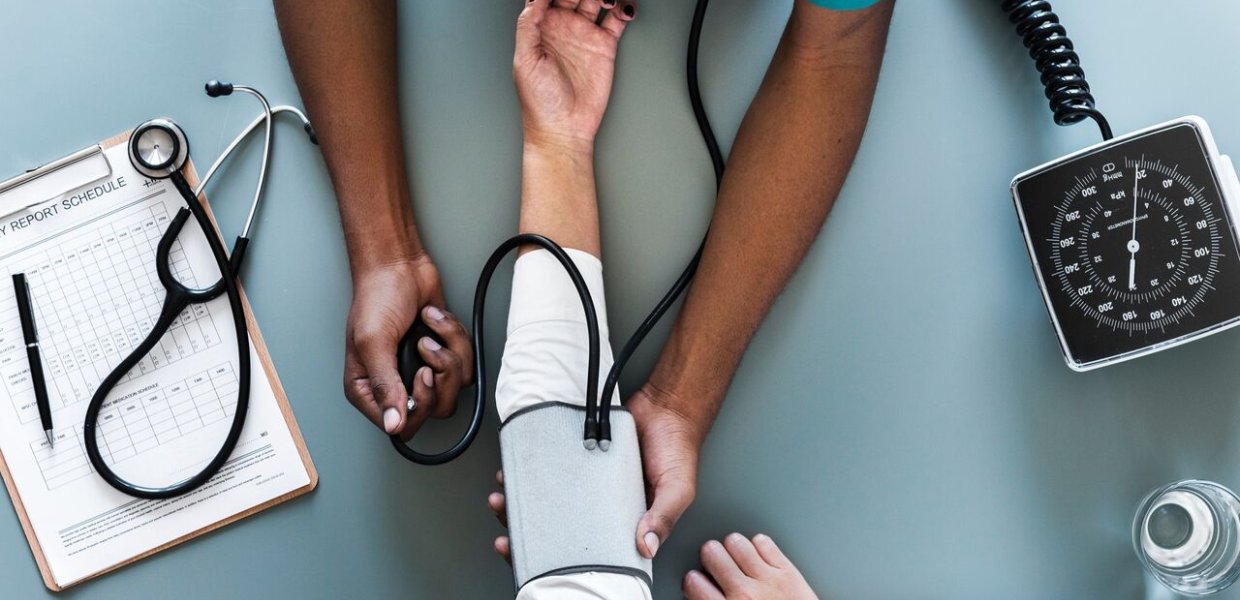The world of medical technology is undergoing a profound transition, driven by the explosion of new products, services and apps. The underlying change agent is — no surprise here — innovative technology, primarily mobile, Internet-based with unprecedented user-friendly interfaces.
This fundamental change represents more than an incremental improvement in technology, but instead has disruptive consequences on how these products are being developed, marketed and sold.
At the center of this change is a new breed of patients who are no longer inclined to sit back and take orders from the healthcare system. Social media has enabled them to connect, build a collective voice and make their demands known. Now, they regularly turn to social channels to discuss and critique the various mobile medical devices, apps and tools being marketed to them.
But let’s back up a bit.
In the traditional paradigm, manufacturers of medical technology mainly engaged in B2B marketing, as they were primarily selling directly to healthcare providers, including hospitals, clinics and physicians. Patients were not asked for input, as pharma and medtech vendors limited their patient communication to an onslaught of TV and print commercials — notorious for featuring ridiculously happy people while the voice-over or small print warns of serious side effects. It was all old school, one-way communication and mostly annoying.
This system started to disintegrate just a few years ago when the internet and social media hit a tipping point. Millions of people were now turning to the internet to obtain better information about their health state, frequently by seeking input from other people living with the same health condition.
They quickly realized that talking to peers can be more helpful than listening to healthcare providers who don’t live with the diease they’re treating. They also voiced their demands for better tools and better care on social media – allowing patients for the first time to act as a collective consumer market, instead of an invisible majority hidden somewhere below the surface of the institutions that served them.
Coined as the e-Patient Revolution, people demanded to be listened to when companies conceive of and design new health technologies, tools and treatments.
In tandem with this, something else hugely impactful was happening. Essentially, the market broke open to transcend medications and traditional medical equipment – as the technology was now allowing the creation of smartphone apps, data-sharing platforms and mobile devices to help people treat their health conditions while out and about, in their everyday lives.
Hundreds of start-ups popped up seeking opportunities in this rapidly emerging market, while established health tech companies began for the first time to roll out consumer-facing tools designed for ease of use.
Meanwhile, proactive groups of tech-savvy patients began to gather online to co-develop their own technologies that would enable them to live a better live. In the diabetes world, these DIY innovators organized under the hashtag #WeAreNotWaiting to reverse-engineer protocols to break into existing products in order to cobble together tech hacks that left the medical establishment and FDA standing by somewhat helplessly.
One of the marquee achievements of this movement was something known as OpenAPS, a homemade “artificial pancreas” that connects a variety of devices, tools and software enabling people with type 1 diabetes to mimic a natural insulin delivery system. The grassroots, open source publishing of this hack forced the industry to listen and change and accelerate their efforts to bring an FDA-approved version to market.
Clearly, this consumerization of health tech changes the power dynamics in this fast-growing industry. Vendors are forced to build direct relationships with patients, whom they now finally view as consumers. Led by patient advocates, these consumers increasingly self-educate about health conditions on the social web, thanks to leading publishers such as WebMD and Healthline, and countless influential disease-specific web sites such as DiabetesMine, which was founded by this author’s wife (and was instrumental in the #WeAreNotWaiting movement).
These empowered health consumers don’t much resemble patients of the past, who were cast as passive receptacles of information and treatment instructions by their physicians, and who would be inevitably be chastised for not being sufficiently “compliant.”
Today, direct engagement with active patients is increasingly seen as mission-critical for health tech companies. In a recent article titled “How to Accelerate the Adoption of Digital Health Technology” the Harvard Business Review concluded that when “creative health systems consider and engage the end user of the digital technology as the ‘customer’ of that technology, adoption levels are high and so, too, is the impact.”
To embrace this new generation of health consumers, vendors are encouraged to follow a few key guidelines that should sound familiar to consumer-facing marketers:
- In your strategic map, eliminate the notion of a patient and replace it with health consumer, or customer or some variation thereof.
- Build a social presence not to sell to, but to engage with e-Patients. Keep your marketing colleagues and their sales funnel out of it; it’s time to qualitatively build mutually beneficial relationships with those who intimately know the health condition you’re trying to capture market share in.
- Build a customer advisory board that includes e-Patients, and support them at their events and in online forums.
- Before you build a product, app or service, consult with your e-Patients and listen deeply. Make them an integral part of your product design and development process.
- When it’s time to talk about your offerings, start with socializing it among your e-Patient communities to gather feedback in endorsements. Make tweaks where advised.
Customers of critical health products inherently have a love-hate relationship with the companies that sell solutions to them; make it easier for them to love you.
To download a full copy of the Relevance Report, click here.









